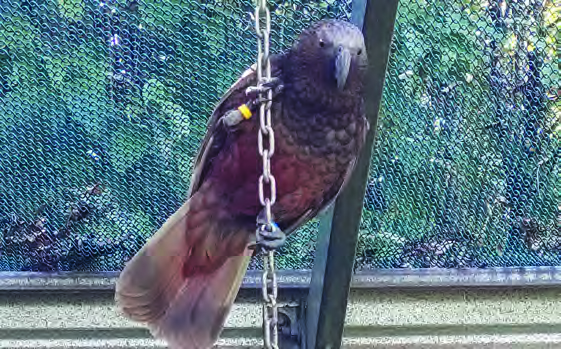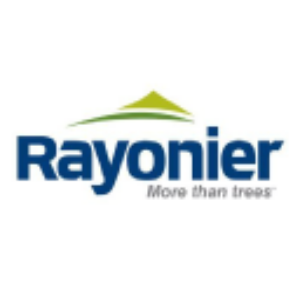Rayonier Sustainability Report: Protecting Threatened and Endangered Species
Rayonier has released a sustainability report detailing their efforts to protect threatened and endangered (T&E) species within their forests.
Foresters and contractors are trained to recognize and protect these species using mapping tools and databases. The company collaborates with state natural heritage programs, NatureServe, and conducts biodiversity assessments to locate T&E species in the U.S. In New Zealand, occurrences are recorded in their EMS database, adapting forest management plans accordingly.
Approximately 50% of Rayonier's forests have potential T&E species habitats. Their forest management practices reduce risks to these species by conducting surveys, creating buffers, and timing activities to avoid disturbances.
Notable efforts include protection strategies for nomadic species and specific projects in New Zealand and the Southeastern U.S.
- Rayonier actively protects threatened and endangered species.
- Approximately 50% of forests potentially serve as T&E species habitats.
- Use of advanced mapping and database tools for conservation.
- Collaborates with state natural heritage programs and NatureServe in the U.S.
- Adapts management plans in New Zealand based on EMS database recordings.
- Implements specific forest management practices to reduce risks to T&E species.
- Projects in New Zealand and Southeastern U.S. demonstrate successful conservation efforts.
- No direct financial data or business performance metrics provided in the report.
- The report lacks specific figures on the impact of conservation efforts on overall business operations.
- Potential high costs associated with implementing specialized conservation practices.
NORTHAMPTON, MA / ACCESSWIRE / May 17, 2024 / Rayonier
Originally published on Rayonier.com
Of the thousands of plants and animals in Rayonier's forests, a few species are considered threatened or endangered, which we work actively to protect.
Our foresters and contractors are trained to be aware of and recognize protected T&E species and their habitats. We rely on mapping and database tools, as well as a working knowledge of our land, to determine where specific conservation practices are needed. In addition to our own efforts, we also participate in broader industry and conservation initiatives, such as population studies and surveys.
In the U.S., we rely on state natural heritage programs, NatureServe, regular biodiversity assessments, and the routine field work of our foresters to locate potential occurrences of T&E species. In New Zealand, occurrences of Rare, Threatened, and Endangered Species (RTES) are recorded in our EMS database so that forest management plans can be adapted accordingly. In addition, certain areas designated as either Significant Ecological Areas (SEAs) or High Conservation Value Forests (HCVFs) require special procedures to ensure that they are protected. Through the use of these various tools, we have identified that approximately
Importantly, our forest management practices help reduce the risk of adverse impacts to the normal life cycle or habitat of T&E species. Such practices include surveying sites for species occurrences before conducting forest management activities, leaving buffers along riparian and natural habitat areas, or limiting harvest activities during certain times of the year.
Some T&E species are nomadic, which means they move from place to place and do not have fixed boundaries to their habitat. The modifications we make to our forest management practices for these species include hand planting versus machine planting, and/or adapting the timing of activity based on their cycle of movement.
Explore how threatened bird life returned to Duck Creek Wetlands in New Zealand.
Learn how foresters build plans around protecting gopher tortoises in the Southeastern U.S.
Visit our responsible stewardship page to learn more about Rayonier's sustainability efforts.

View additional multimedia and more ESG storytelling from Rayonier on 3blmedia.com.
Contact Info:
Spokesperson: Rayonier
Website: https://www.3blmedia.com/profiles/rayonier
Email: info@3blmedia.com
SOURCE: Rayonier
View the original press release on accesswire.com







